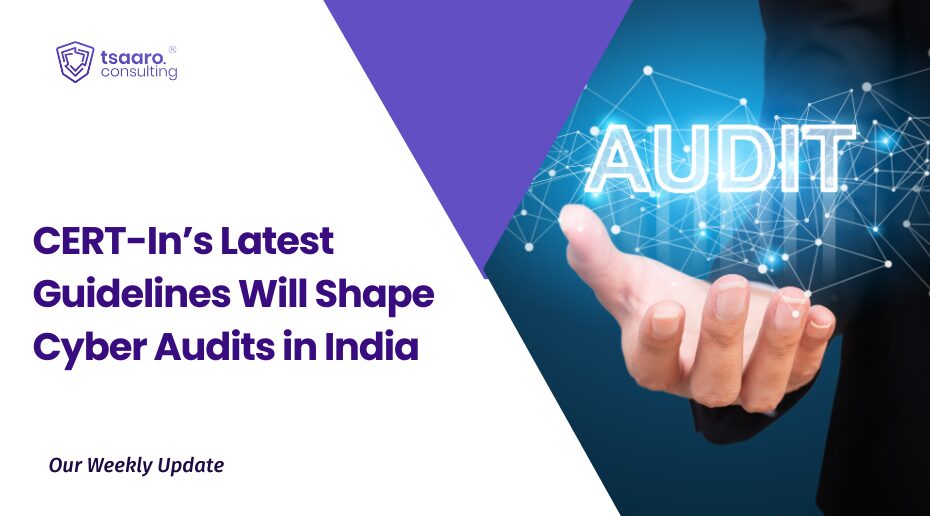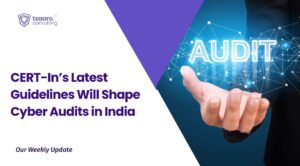Introduction:
In the present-day, organizations align their activities beyond straight profits and sales numbers, realising that they are ought to operate towards social and environmental advancement as well. ESG- Environmental, Social, Governance has come into relevance over the past few years. This represents the three foundational sustainability induced responsibilities of organizations considered to be critical for a company’s competitiveness, resilience and growth.
ESG is comprised of three pillars: environmental, social, and corporate governance. Companies are required to understand the environmental, economic, and social implications of their operations and align them with the standards of sustainable development. Transparency and sustainability are hot topics right now, and they are viewed as vital to growth, opportunity, resilience, and competitiveness.
In addition to the three ESG pillars, there are also ESG risks, commonly known as sustainability risks. According to FMA guidelines, sustainability risks are events or situations related to sustainability considerations that could have significant negative impacts on the value of assets, financial position, operating outcomes, or an enterprise’s reputation. In this blog, we will discuss about the integration of ESG (Environmental, Social, Governance) factors into risk management and compliance, emphasizing the importance of identifying and managing ESG risks to enhance a company’s competitiveness, resilience, and sustainable growth.
Understanding ESG Risks:
ESG risks may affect a company’s operations, reputation, and financial stability. Companies must continuously understand, identify, analyse, and manage ESG risks, which have the potential to impact various aspects including operations, reputation, and financial stability. Examples of such risks encompass a range from natural disasters and social injustice to corporate governance difficulties.
The challenge faced with ESG risks is that they are basically separate risk categories. Instead, they are hazards cross-cutting in nature which influence various risks in different ways. Such risks must be defined as pertaining risk categories which are appropriately incorporated into the exercise of risk management, which are a component of risk management. Even though not a single entity can predict specific risks, it is important to strategize for such unpredictable or for any such harsh future that includes issues such as global warming, upheaval of technology, instability of geopolitics and disruptions in global supply chain. The ISSB (International Sustainability Standards Board) was set up to assist entities in precise reporting of information by providing such guidelines on their ESG related disclosures and mitigation of risks.
These are certain hazards which are faced by the firms:
- Environmental Hazards (Climate Change):
There are dual threats posed under this. The first is physical which includes frequented and serious weather occurrences, religious deterioration of environment like the pollution of air, water, soil and deforestation. Second is the transitional risks which include monetary loss, which are sustained either directly or even indirectly due to the shift to a low carbon, which is ecologically friendly.
- Societal Hazards:
EHS management is a vital aspect under this component of hazards. EHS projects the health and safety of the personnel and their own surroundings. Post pandemic the scrutiny carried out by the public authorities and the investors of the company’s EHS has expanded. Companies that prioritised the well-being of the employees were appreciated while those who put their staff in hazardous environment were penalised. The stages of scrutiny of the is required for harnessing a future which would enable compensation claims, rules for protective gear in the workplace and other industry-specific health and hazard issues.
- Governance Hazard:
Governance risk which concern’s a company’s management of legal and ethical patterns. Such steps require transparent and accurate performance reports along with engagements in other ESG induced actions significant to the stakeholders. The Board of Directors and the upper management monitor the risks involved and decide the required guidelines for the business. They also control the push from the employees, politicians and investors forcing the company’s personnel to adopt to numerous decisions. Integration of these ESG variables into the strategic decisions is a pivotal step of a good risk management.
Implementation of ESG within operations:
In the present day, dedicated teams have been hired by organizations to collect data in order to assess the risks associated with the ESG steps which drive the distribution of capital and the decision-making process as well. Top management may take decisions to produce value in order to benefit the environmental health as well by developing frameworks and guidelines to cover financial benefits and values aligned with the ESG goals. These goals and steps would require manpower to change the collective behaviour. The compensation paid to the employees will hold a larger impact such a shift of management style. For effective business results, individual responsibilities must be established through functional incentives which are consistent with the strategies. Earlier, sustainability and corporate social responsibilities (CSR) agendas were supported by certain executives or were reported to the senior management. Aspects like HR, finances, investor relations, supply chain, operations, corporate growth and communications, in which the ESG goals have a definitive impact more than ever.
Conclusion
Regardless of how an organization’s ESG strategies are drawn, whether they yield positive results or not, whether it was in response to an obligation reported, to revival of a full-fledged plan, a complete reassessment of operations, the impact of such strategies are significant to some extent. Various stakeholders including the workers, suppliers, investors, politicians, consumers and shareholders which continue to force the entities to address all such ESG issues and opportunities as well. Although, the recognitions of the identification of sustainable risks, efforts must not be withdrawn by overlooking the immense potential of sustainable change across the world. Sustainability has a lot to offer to recover and grasp additional steps to value addition for business.












